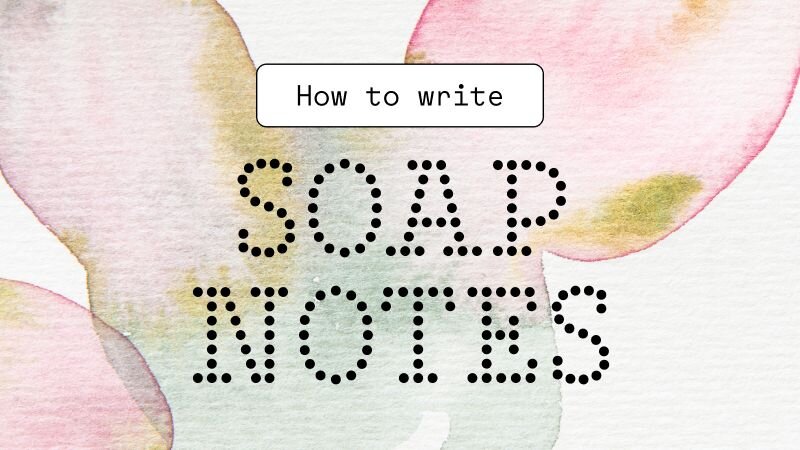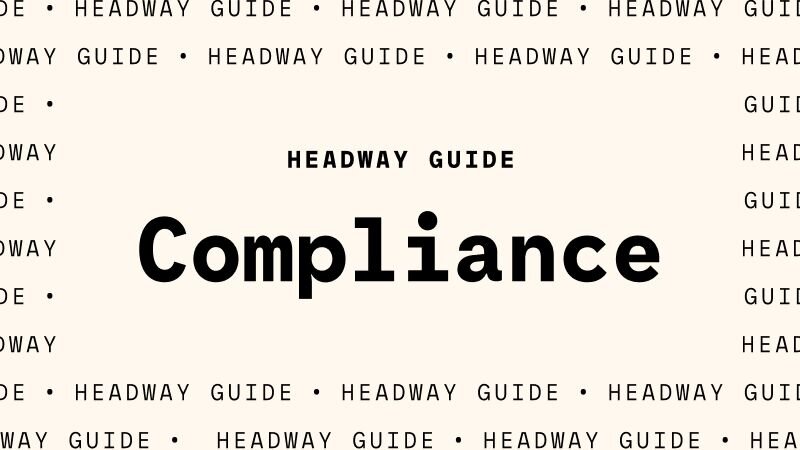
How to write progress notes
Progress notes are the core piece of documentation a mental health care provider should write after each session with a client, but it’s more than just a record of what happened in the session.

The BIRP note template focuses on how the client appears to think and feel before and after your therapeutic intervention.
Writing progress notes is a necessary part of being a mental healthcare provider who works with insurance. One key to success is reframing your notes as a natural part of your treatment, and not an added stressor.
The BIRP note template might be a fit for your practice if you work with behavioral frameworks, due to the template’s focus on how the client appears to think and feel before and after your therapeutic intervention.
Here’s how to write a BIRP note, including an example, and how it compares to other formats like a SOAP note.
BIRP notes are a specific format for writing progress notes as a behavioral health clinician. They contain four sections: behavior, intervention, response, and plan.
This type of note template allows the provider to focus on therapeutic interventions, and how the client responds to them. For this reason, they can be very useful if one of your primary treatment goals is to track the effectiveness of specific techniques.
Because BIRP notes rely heavily on clinical theory, it can be a more challenging note format for newer clinicians — especially if your goal is drafting notes quickly between sessions.
“Your documentation for every session can't be: “I sat with a client and I listened,” says Natalia Tague, LPC and Headway’s Clinical Engagement Lead. “You have to note what you actually did clinically. What intervention did you use? What modality are you using? If you don’t have a concrete theoretical framework, that part of writing notes is going to feel exhausting.”
The four sections of a BIRP note encourage you to contemplate your client’s behavior before and after therapeutic interventions, and look ahead to how the results from this session will inform future treatment.
The behavior section should contain direct observations of your client’s behavior during the session. This section is where you would include elements of the mental status exam, like details about the client’s body language, verbal communication, alertness, affect, mood, and motor activity.
You can also use the behavior section to evaluate the client’s symptoms and how they may have changed since the previous session.
The intervention section is where you detail whatever clinical methods you used during the course of the session to address the client’s needs and support their progress.
“The intervention part is really just: What are you doing in session as a therapist?,” says Natalia. “Did you pull out a worksheet? Did you provide some active listening? What therapeutic technique are you implementing?”
Where possible, you should invoke the names of specific techniques, training, activities, or tools that you employed. This may involve cognitive-behavioral interventions, mindfulness exercises, relaxation techniques, or other evidence-based approaches to therapy. Or you might highlight counseling strategies like reflective listening and collaborative decision-making.
If the session involved addressing immediate safety concerns, you’ll also need to document the crisis management interventions or safety planning discussions you employed in session. You don't need to include a full safety plan in the body of the note, but simply note that risk was reviewed, and if a safety plan was developed, the client was a part of it and agreed to it.
The response section is where you document the client’s reaction to the intervention, and if they feel you’re on track with their treatment goals. It’s the most critical section when it comes to assessing the effectiveness of the care you provided in session.
This part of your note might include details about the client’s emotional responses, behavioral changes, feedback, insights, and reflections.
“Do they feel like they're progressing in the right direction? Are there blockers? Are we moving too fast or too slow? All of that can go into your response documentation,” says Natalia, including direct quotes from the client.
This section is where you’ll outline your proposed source of action for future sessions.
You’ll want to include any adjustments you plan to make to the interventions you employed, as well as your intent to introduce new techniques. If you want to explore new skills or education with your client, you’ll detail that in the plan section, as well as any new goals you have for therapy moving forward.
Your goal is to provide clear next steps for treatment to address the client’s evolving needs.
It’s important that BIRP notes, or notes in any template style, follow the requirements of a progress note, such as including session details like the start and stop time and place of service.
Client Full Name: Cassie Care
Client Date of Birth: 09/20/1990
Date of Service: 11/17/2023
Exact Start Time and End Time: 3:29 PM - 4:33 PM
Session Location: 789 Serenity Street, Suite 301, Tranquilville, TX 12345
Behavior:
Cassie displayed hypervigilance and startle response during the session, with heightened anxiety when discussing traumatic memories, evident through increased heart rate and shallow breathing. Cassie denied any active risk of self-harm or harm to others during the session.
Intervention:
Utilized grounding techniques, such as deep-breathing exercises and guided imagery, to assist Cassie in managing acute anxiety symptoms. Implemented cognitive restructuring to challenge and reframe negative thought patterns associated with trauma.
Response:
Cassie exhibited a gradual decrease in physiological arousal throughout the session. By the end, her breathing had slowed, and she reported a reduction in anxiety intensity, rating it at 5 out of 10. Cassie's response indicates progress in managing acute anxiety symptoms and reframing negative thought patterns associated with trauma.
Plan:
Continue to explore and process specific traumatic memories using trauma-focused interventions. Collaborate on developing a personalized safety plan to manage anxiety during distressing moments. Discuss the option of incorporating Eye Movement Desensitization and Reprocessing (EMDR) therapy to address trauma-related symptoms. Encourage Cassie to maintain a daily journal to track triggers, symptoms, and the effectiveness of coping strategies.
This document is intended for educational purposes only. Examples are for purposes of illustration only. It is designed to facilitate compliance with payer requirements and applicable law, but please note that the applicable laws and requirements vary from payer to payer and state to state. Please check with your legal counsel or state licensing board for specific requirements.
BIRP notes are unique from SOAP notes in that BIRP notes don’t contain any direct prompts to document the client’s own report of their personal experiences or feelings. There’s also a risk that the therapist’s interpretation can influence the documentation.
“With a SOAP note, you're asked to document directly how your client feels, and what they're sharing. But with a BIRP note, you're sharing more of your interpretation of their response,” says Natalia. “There is a risk there of losing a little bit of that individuality."
For newer therapists, the choice of documentation might influence the format of their session, leading the provider to focus future treatment more on how the client reacts to intervention and less on how the client is saying they’re feeling.
On the other hand, BIRP notes can be helpful for therapists in training or under supervision who want to discuss and analyze their application of therapeutic techniques and develop their clinical skills.
While there are many options for documentation, Headway's in-product templates are designed to make note-taking fast and efficient, all while helping to take out the guesswork.
Plus, our templates are included at no additional cost for Headway providers.
Headway’s team and tools are here to make everything about working with insurance companies (including compliance!) as easy as possible.

Progress notes are the core piece of documentation a mental health care provider should write after each session with a client, but it’s more than just a record of what happened in the session.

Here’s how SOAP notes can help you write better, faster notes — and effectively document your work as a clinician.

Navigating compliance can be time-consuming and stressful. We’re committed to changing that.